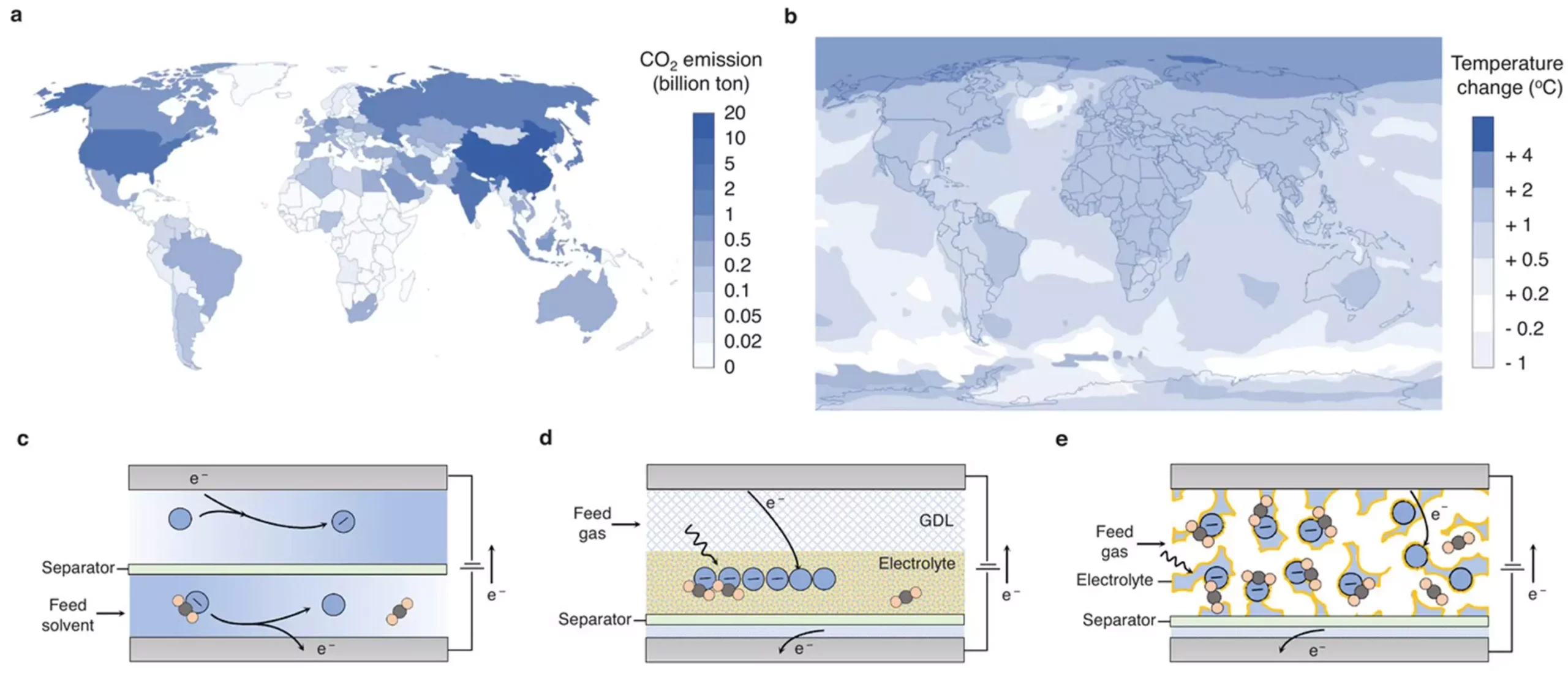The escalating urgency of climate change has prompted a wave of innovative research solutions aimed at reducing greenhouse gas emissions. Among the latest contributions is a pioneering advancement in carbon capture technology introduced by a team led by Professor T. Alan Hatton. Their study, recently published in *Advanced Materials*, unveils a novel material known as porous polymeric electrodes (PPEs), designed to significantly improve the efficiency of carbon dioxide (CO2) capture from low-concentration sources.
The innovative nature of PPEs derives from their construction methodology, which combines melamine foam coated with polyvinyl alcohol along with the infusion of carbon nanotubes and quinone molecules. This unique composite material boasts a porous structure that not only facilitates optimal gas transport but also enhances the interaction between CO2 and the capture material. The result is a high degree of efficiency, reflecting an essential advancement in electrochemical carbon capture technology.
In practical applications, the porous polymeric electrodes exhibit a remarkable utilization rate of up to 90% for the active capture material. This statistic highlights a significant improvement compared to existing carbon-based electrodes, showcasing the potential for widespread application. Specifically, their CO2 capture capability ranges from 30 to 80 kilograms per cubic meter per day, depending on the concentration of CO2. These metrics represent a breakthrough in the capability of carbon capture materials, furthering the feasibility of deploying such technologies on a larger scale.
One of the most notable features of the PPEs is their exceptional durability. The electrodes maintained high performance across 100 different capture-release cycles and exhibited stability even in humid conditions. This resilience is crucial for real-world applications, where fluctuating environmental conditions can hinder performance. Moreover, the inherent porous design negates the necessity for separate gas diffusion layers, which simplifies the system and reduces costs, making PPEs a potentially more compact solution for carbon capture.
The potential applications for these innovative electrodes are vast. From direct air capture technologies to emissions reduction strategies from various industrial processes, PPEs could play an instrumental role in combating climate change. As researchers continue to optimize these electrodes for diverse operating conditions, the likelihood of realizing their potential for large-scale implementation becomes more promising.
While the initial results of this research are encouraging, the path to widespread adoption of porous polymeric electrodes is not without its obstacles. Further research is essential for refining these materials and scaling production effectively. The call for effective carbon capture solutions is underscored by recent reports from the Intergovernmental Panel on Climate Change (IPCC), which emphasize the urgent need for advanced technologies to meet global climate targets.
Overall, the development of porous polymeric electrodes signifies a notable step forward in the quest to tackle climate change. As governments and industries seek effective strategies for reducing emissions, innovations like this can contribute significantly to the broader mission of achieving net-zero emissions globally. The importance of continued research and development in this area cannot be overstated, as we strive toward a more sustainable future.


Leave a Reply